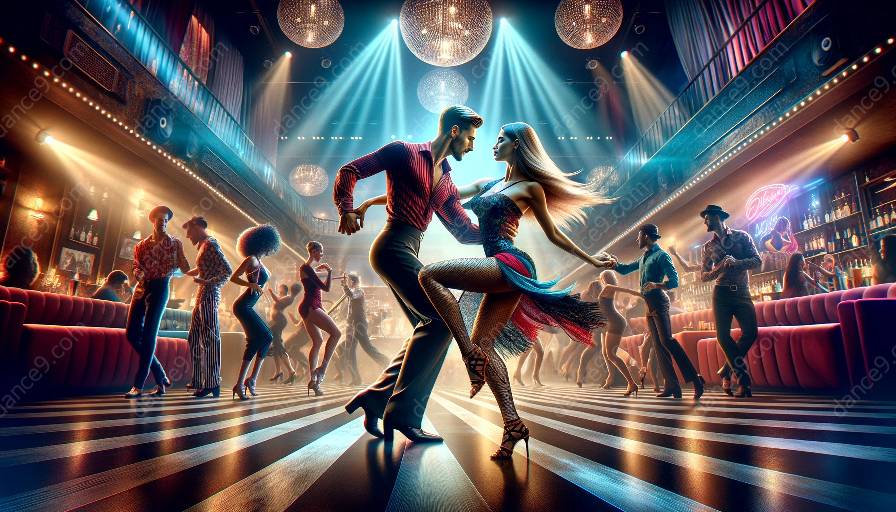Salsa dance is a vibrant and influential dance form that has captivated people around the world. Its rich history and cultural significance make it an enticing topic for those interested in dance classes and the art of movement. In this article, we will explore the rhythmic roots of salsa dance, delve into its historical development, and uncover its impact on modern dance culture. Let's embark on this fascinating journey through the history of salsa dance.
The Origins of Salsa Dance
The roots of salsa dance can be traced back to the fusion of African and European cultures in the Caribbean, particularly in Cuba and Puerto Rico. The dance emerged as a vibrant combination of various musical and dance styles, including Afro-Cuban rhythms, Puerto Rican bomba, and plena music, and Latin jazz.
The word 'salsa' itself means sauce in Spanish, and the dance form can be likened to a flavorful blend of different ingredients, each contributing to its unique taste and style. The rhythmic influences of salsa music, with its energetic beats and infectious melodies, provided the perfect backdrop for the development of this dynamic dance.
Evolution of Salsa Dance
As salsa music gained popularity in the mid-20th century, so did the accompanying dance style. Salsa dance evolved as a social dance, often performed at gatherings and celebrations, becoming an integral part of the vibrant nightlife in Latin American communities. Its infectious energy and sensual movements soon caught the attention of dancers and enthusiasts beyond the Caribbean, leading to its global spread.
Throughout its evolution, salsa dance absorbed elements from various dance forms, blending them into a cohesive and captivating style. Influences from mambo, cha-cha-cha, and other Latin dances contributed to the colorful tapestry of salsa, adding depth and diversity to its movements and patterns.
Cultural Significance of Salsa Dance
Beyond its technical aspects, salsa dance holds immense cultural significance. It serves as an expression of Latin American identity and heritage, embodying the spirit and vitality of its people. Salsa has become a symbol of unity and pride, fostering connections within communities and celebrating diversity through movement and music.
Furthermore, the popularity of salsa dance has contributed to the preservation and promotion of Latin American culture on a global scale. It serves as a bridge that connects people from different backgrounds, fostering understanding and appreciation for the rich traditions from which salsa dance has emerged.
Salsa Dance and Dance Classes
For individuals interested in learning salsa dance, enrolling in dance classes offers a structured and supportive environment for skill development. Dance classes provide a platform to explore the intricacies of salsa, from mastering basic steps to refining more advanced techniques. Instructors guide students through the rhythmic complexities of salsa, helping them internalize the music and movement while fostering a deeper appreciation for the dance form.
Moreover, salsa dance classes often serve as social hubs where like-minded enthusiasts come together to share their passion for dance. The sense of community and camaraderie within dance classes adds an enriching dimension to the learning experience, fostering friendships and connections that extend beyond the dance floor.
The Influence of Salsa Dance Today
In contemporary times, salsa dance continues to exert its influence on popular culture and the performing arts. Its vibrant presence can be seen in diverse settings, from international dance competitions to mainstream entertainment platforms. Salsa's dynamic and alluring appeal has secured its place as a beloved and enduring dance form, captivating audiences and inspiring new generations of dancers.
As salsa dance remains deeply ingrained in the global dance landscape, its legacy endures through dedicated practitioners and passionate enthusiasts. The ongoing evolution and innovation within salsa dance ensure its relevance and vitality, ensuring that its legacy will continue to inspire and enthrall for years to come.













































































